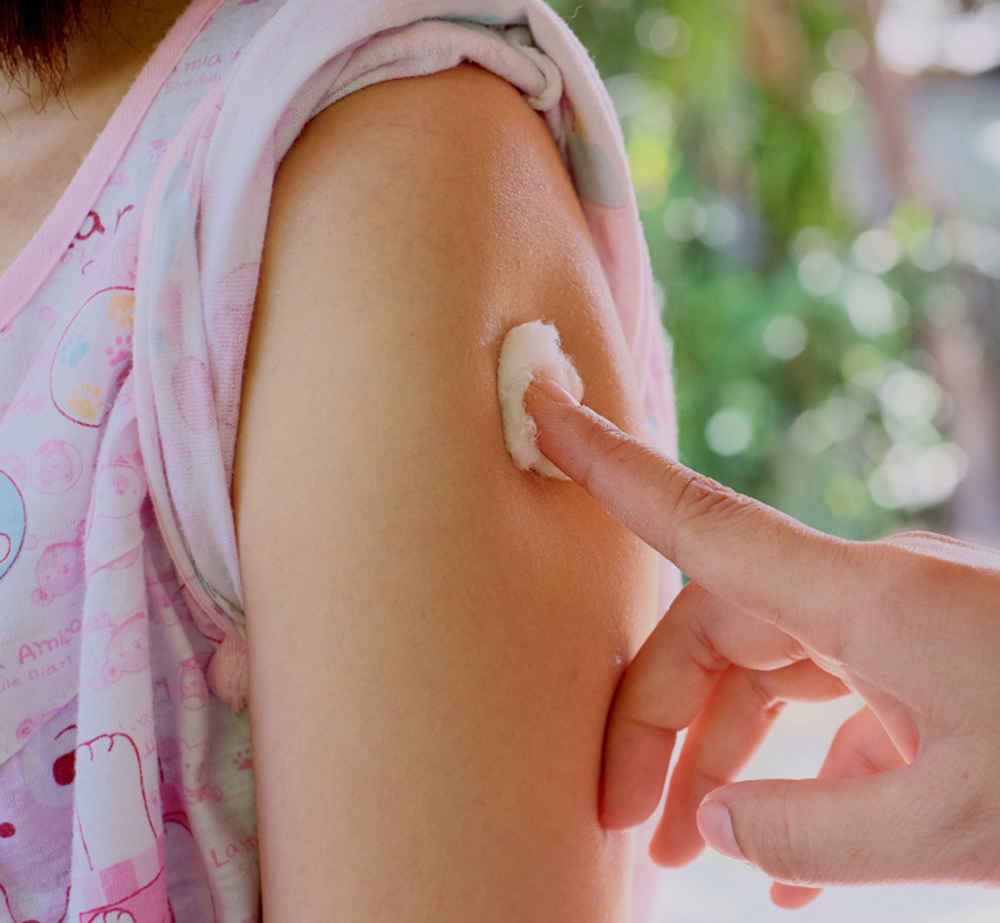410-721-2273
Sunburn
What is a sunburn?
A sunburn is the burning, redness, or blistering of the skin caused by overexposure to the ultraviolet (UV) rays of the sun or a sunlamp. Most people have been sunburned many times. Vacations can quickly turn into painful experiences when the power of the sun is overlooked.
Unfortunately, the symptoms of sunburn do not begin until 2 to 4 hours after the sun's damage has been done. The peak reaction of redness, pain, and swelling is not seen for 24 hours. Minor sunburn is a first-degree burn which turns the skin pink or red. Prolonged sun exposure can cause blistering and a second-degree burn. Sunburn never causes a third-degree burn or scarring.
Repeated sun exposure and suntans cause premature aging of the skin (wrinkling, sagging, and brown sunspots). Repeated sunburns increase the risk of skin cancer in the damaged area. Each blistering sunburn doubles the risk of developing malignant melanoma, which is the most serious type of skin cancer.
How can I take care of my child?
Pain relief
The sensation of pain and heat will probably last 48 hours. Ibuprofen products (such as Advil) started early and continued for 2 days can greatly reduce the discomfort. Nonprescription 1% hydrocortisone cream or moisturizing creams applied 3 times a day may also reduce swelling and pain but only if the cream is used soon after your child was sunburned. Continue using the hydrocortisone cream for 2 days. Do not use petroleum jelly or other ointments because they keep heat and sweat from escaping.
The symptoms can also be helped by taking cool baths or putting cold wet cloths on the burned area several times a day. Showers are usually too painful.
Your child should drink extra water to replace the fluid lost into the swelling of sunburned skin and to prevent dehydration and dizziness.
Peeling usually occurs in about a week. Put a moisturizing cream on the skin.
Blisters
If your child has broken blisters, trim off the dead skin with small scissors. Then apply an antibiotic ointment (for example, bacitracin). Wash off and reapply the ointment twice a day for 3 days.
Common mistakes in treatment and prevention of sunburn
Avoid putting ointments or butter on a sunburn. They are painful to remove and not helpful.
Don't buy any first aid creams or sprays for burns. They often contain benzocaine, which can cause an allergic rash.
Don't confuse sunscreens, which block the sun's burning rays, with suntan lotions or oils, which mainly lubricate the skin.
How can I help prevent sunburns?
Apply sunscreen any time your child is going to be outdoors for more than 30 minutes a day. Wear a hat with a brim. Set a good example. Apply sunscreen to your own skin as well as your child's skin.
High-risk children. About 15% of white children have skin that never tans but only burns. These fair-skinned children need to be extremely careful about sun exposure throughout their lives. If a child has red or blond hair, blue or green eyes, freckles, or excessive moles, he or she is at increased risk for sunburn and skin cancer. These children need to use a sunscreen throughout the summer even for a brief exposure. They should avoid the sun whenever possible.
Infants in the sun. The skin of infants is thinner than the skin of older children and more sensitive to the sun. Therefore, babies under 6 months of age should be kept out of direct sunlight. Keep them in the shade whenever possible. If they have to be in the sun, sunscreens, longer clothing, and a hat with a brim are essential. When a sunscreen is needed, infants can use adult sunscreens.
Tanning. For teenagers who are determined to have a suntan, guide them as to the limits of sun exposure without a sunscreen. Try to keep sun exposure to small amounts early in the season until a tan builds up. (Caution: While people with a suntan can tolerate a little more sun, they can still get a serious sunburn.) Start with 15 or 20 minutes of sun per day and increase by 5 minutes a day. Decrease daily exposure time if the skin becomes reddened. Because of the 2- to 4-hour delay before the symptoms of sunburn appear, don't expect symptoms (such as redness) to tell you when it's time to get out of the sun. After 1 hour of sun exposure, always apply a sunscreen.
Time of day. Avoid exposure to the sun during the hours of 10:00 AM to 4:00 PM, when the sun's rays are most intense. Don't let overcast days give you a false sense of security. Over 70% of the sun's rays still get through the clouds. Over 30% of the sun's rays can also penetrate loosely woven fabrics (for example, a T-shirt).
High altitude. Be especially careful about exposure to the sun at high altitudes. Sun exposure increases 4% for each 1000 feet of elevation above sea level. A sunburn can occur quickly when a child is hiking above timberline. Remember also that water, sand, or snow increases sun exposure. The shade from a hat or umbrella won't protect your child from reflected rays.
Eyes, nose, and lips. Protect your child's eyes from the sun's rays. Years of exposure to ultraviolet light increases the risk of cataracts. Buy sunglasses with UV protection. To prevent sunburned lips, apply a lip coating that contains PABA. If the nose or some other area has been repeatedly burned during the summer, protect it completely from all the sun's rays with zinc oxide ointment.
The best way to prevent skin cancer is to prevent sunburn. Although skin cancer occurs in adults, it is caused by the sun exposure and sunburns that occurred during childhood. Every time you protect your child from too much sun exposure, you are helping prevent skin cancer.
Call 911
Call our office immediately if:
(410) 721-2273
- Your child starts acting very sick.
Call us during office hours if:
- The sunburn looks infected (red streaks, yellow pus, etc.)
- You have other questions or concerns.
Written by B.D. Schmitt, MD, author of "Your Child's Health," Bantam Books.
This content is reviewed periodically and is subject to change as new health information becomes available. The information is intended to inform and educate and is not a replacement for medical evaluation, advice, diagnosis or treatment by a healthcare professional.
You May Also Like
Popular Resources | Make an Appointment • Locations • Refill Prescriptions





